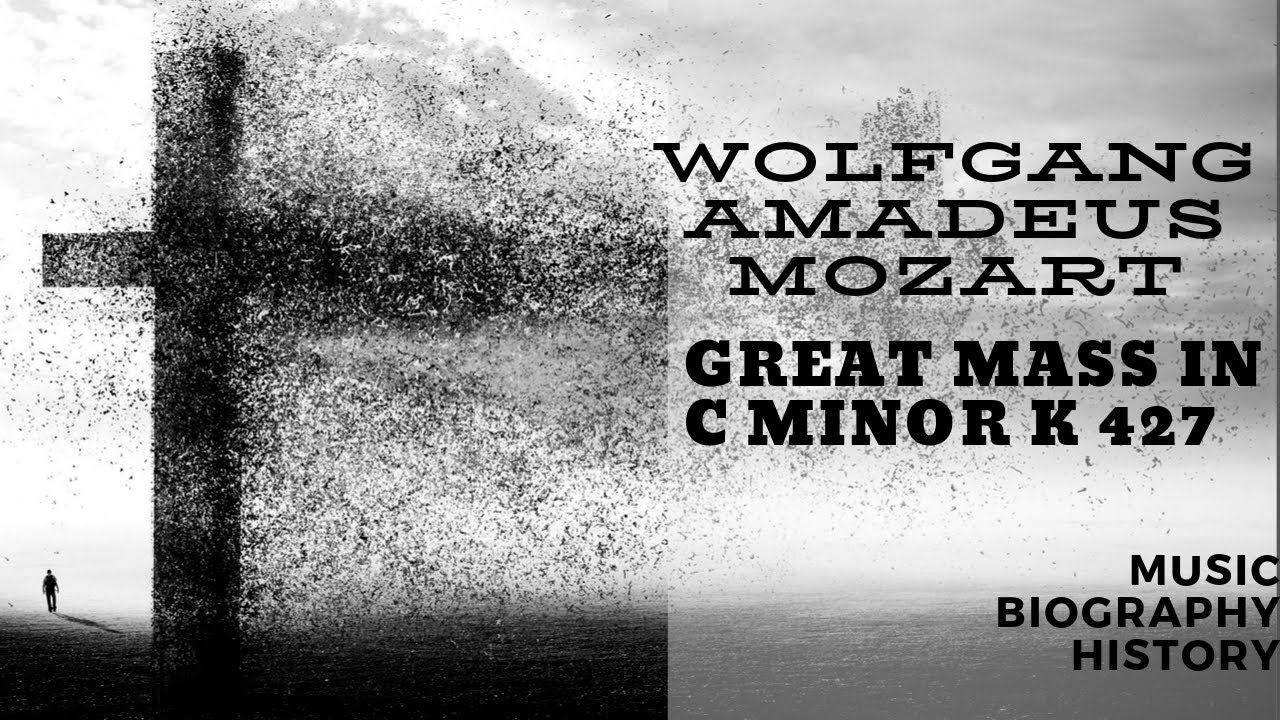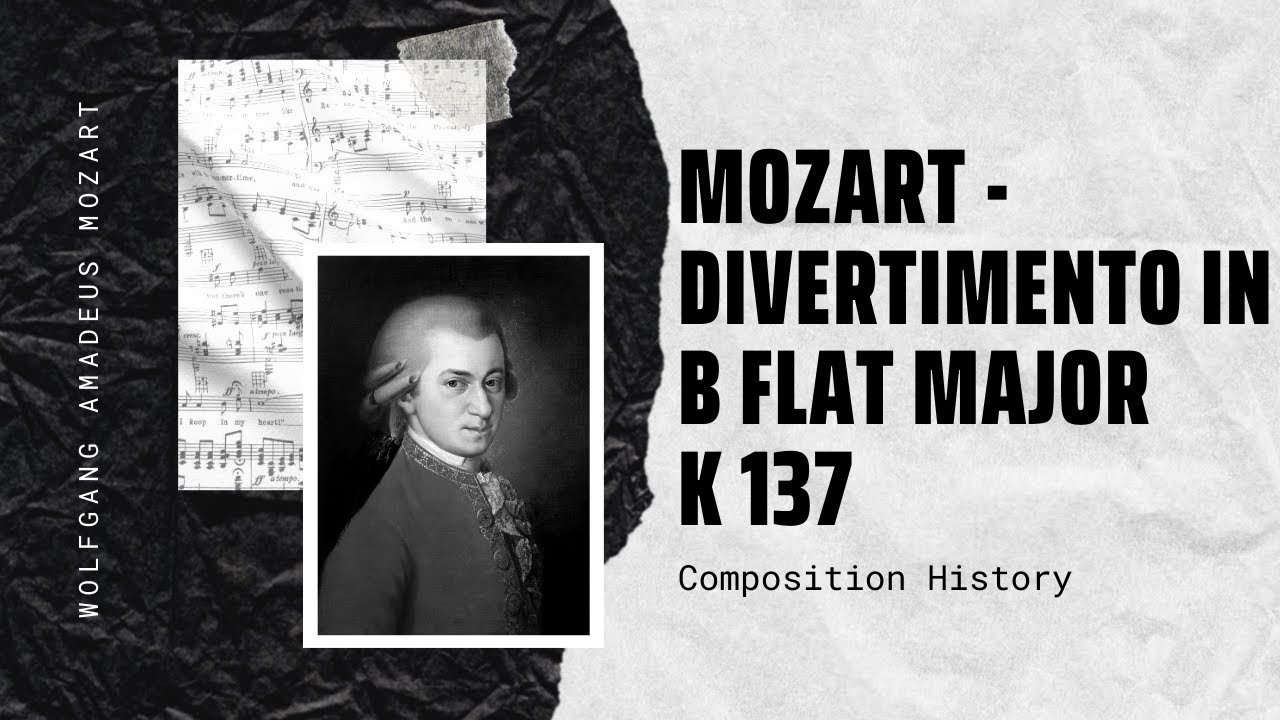
Mozart – Flute and Harp Concerto in C major
Wolfgang Amadeus Mozart – Flute and Harp Concerto in C major The Concerto for Flute, Harp, and Orchestra in C major, K. 299/297c, is a concerto[…]

Mozart – Ave Verum K 618
Wolfgang Amadeus Mozart Ave verum corpus (Hail, true body), (K. 618), is a motet in D major composed by Wolfgang Amadeus Mozart in 1791. It is[…]

Mozart – Violin Concerto No. 5 K 219
Wolfgang Amadeus Mozart The Violin Concerto No. 5 in A major, K. 219, often referred to by the nickname The Turkish, was written by Wolfgang Amadeus[…]

Mozart – Great Mass in C minor K 427
Wolfgang Amadeus Mozart Great Mass in C minor (German: Große Messe in c-Moll), K. 427/417a, is the common name of the musical setting of the mass[…]

Mozart – Divertimento in B Flat Major K 137
Wolfgang Amadeus Mozart – Divertimento in B Flat Major K 137 (Salzburg Symphony No. 2) Wolfgang Amadeus Mozart (27 January 1756 – 5 December 1791), baptised[…]

Mozart – Die Zauberflöte (The Magic Flute) K 620
Wolfgang Amadeus Mozart – Die Zauberflöte (The Magic Flute) K 620 The Magic Flute (K. 620, is an opera in two acts by Wolfgang Amadeus Mozart[…]

Mozart – Violin Concerto No. 2
Wolfgang Amadeus Mozart Violin Concerto No. 2 in D major K. 211 was composed by Wolfgang Amadeus Mozart in 1775. The concerto has the usual fast-slow-fast[…]

Mozart – The Marriage of Figaro: Overture
The Marriage of Figaro (K. 492, is an opera buffa (comic opera) in four acts composed in 1786 by Wolfgang Amadeus Mozart, with an Italian[…]

Mozart – Symphony No. 39
Wolfgang Amadeus Mozart – Symphony No. 39 The Symphony No. 39 in E♭ major of Wolfgang Amadeus Mozart, K. 543, was completed on 26 June 1788. The[…]

Mozart – Exultate, Jubilate
Wolfgang Amadeus Mozart – Exultate, Jubilate – K 165 This religious solo motet was composed when Mozart was staying in Milan during the production of his[…]